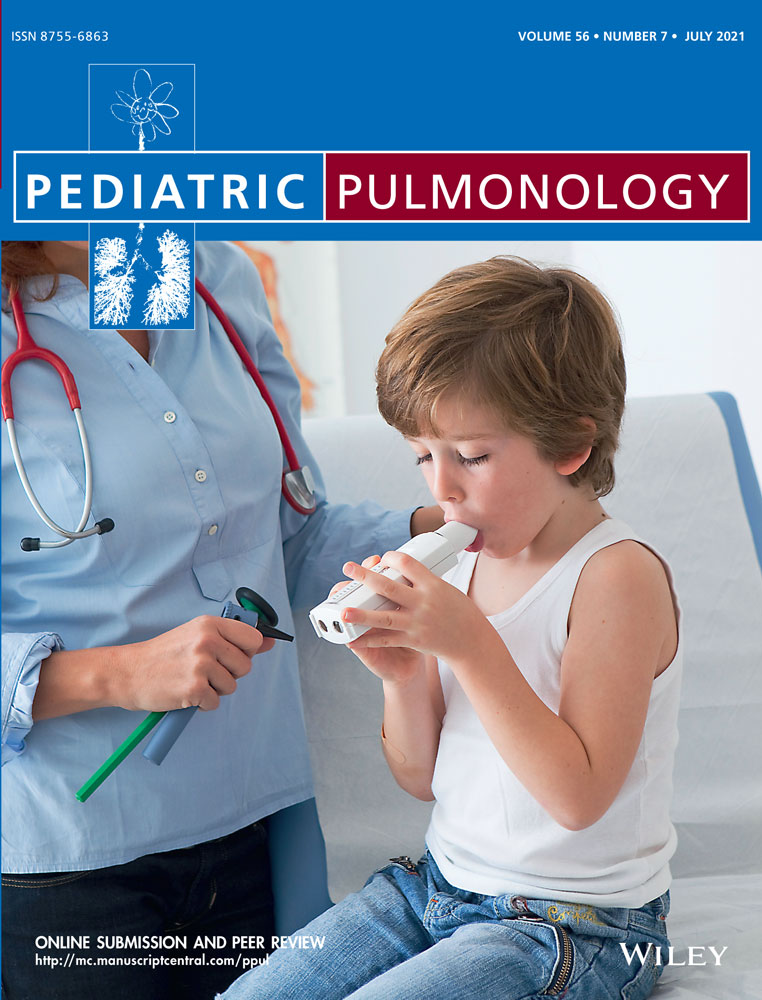Large difference between Enghoff and Bohr dead space in ventilated infants with hypoxemic respiratory failure
Abstract
Background
Ventilated neonates with hypoxemic respiratory failure (HRF) may show a ventilation-perfusion (V/Q) mismatch.
Objective
To evaluate the difference between the Bohr (Vd, Bohr) and Enghoff (Vd, Enghoff) dead spaces in infants by using volumetric capnography based on ventilator graphics and capnograms.
Methods
This study enrolled 46 ventilated infants (mean birth weight, 2239 ± 640 g; mean gestational age, 35.5 ± 3.3 weeks). We performed volumetric capnography and calculated Vd, Bohr and Vd, Enghoff when arterial blood sampling was necessary for treatment. According to the oxygenation index (OI) based on the Montreux definition of neonatal acute respiratory distress syndrome, each measurement was classified into the HRF (OI ≥ 4) or control (OI < 4) group. Then, a regression analysis was performed to evaluate the correlation between the OI and the difference between Vd, Enghoff and Vd, Bohr.
Results
The median Vd, Enghoff/tidal volume (VT) was significantly higher in the HRF group (0.55 [interquartile range, 0.47–0.68]) than in the control group (0.46 [0.37–0.57]). The HRF group showed a larger difference between Vd, Enghoff/VT and Vd, Bohr/VT than the control group (median, 0.22 [0.15–0.29] vs. 0.10 [0.06–0.14], respectively). Moreover, the regression analysis of the relationship between OI and Vd, Enghoff/VT − Vd, Bohr/VT showed a positive correlation (r = .60, p < .001).
Conclusion
Ventilated neonates with hypoxemic respiratory failure showed a large difference between Vd, Enghoff and Vd, Bohr, possibly reflecting a low V/Q mismatch and right-to-left shunting.
CONFLICT OF INTERESTS
The authors declare that there are no conflict of interests.
Open Research
ETHICS STATEMENT
Approval was obtained from the clinical ethics committee of the National Hospital Organization Maizuru Medical Center. The procedures used in this study adhere to the tenets of the Declaration of Helsinki. Informed consent was obtained from all parents of the enrolled study participants.




